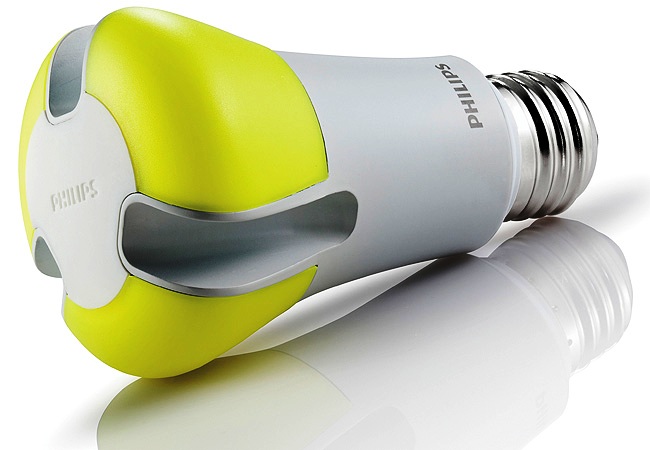Free shipping on orders over £50
TradeHURRY! SPRING SALE Now On! Get 10% Off Using Code KEEP10! Plus FREE SHIPPING On All Orders Over £50!
Philips Unveils its most Energy Efficient LED Bulb; for an Exorbitant Price!
Light bulb manufacturer Philips yesterday sparked controversy after it unveiled a brand new state-of-the-art LED Bulb, which, while reportedly being the most energy efficient yet, is also one of the most expensive.
The award-winning bulb, which was unveiled to coincide with Earth Day, has a life expectancy of 20 years and is claimed to produce a more pleasing and natural-looking light than its predecessors. Unfortunatley, in order to get one, customers will have to fork out a tidy sum of $60 (thats £30 to us Brits).
The question most people are likely to be asking themselves is whether or not the price is justified, and there I feel a genuine fear of sounding like a broken record in giving an answer to that question.
According to the manufacturer the bulb uses 10 watts in power and only needs replacing once every 20 years or so. That means, despite the high upfront cost, there is potential for some serious long term savings. Even if used for four hours daily the bulb could save $8 per year on electricity bills, and about $160 over its entire life span.
While incandescent light bulbs only cost about a dollar, the amount of energy they consume and the need for regular replacements (the average life span of an incandescent is about 1,500 hours) mean that they usually end up costing many times more than the price originally paid.
LED Bulbs are also free from many of the drawbacks associated with energy saving CFLs (Compact Fluorescent Lamps), including poor quality light, start up delays, harmful contaminants and diminution in brightness overtime.
The company claims that if every household in the US were to switch to their 60 watt equivalent the country would reduce its carbon emissions by 20 million tons!
The price, which apparently reflects the cost of components, is also not unmoveable and customers will be able to find relief in the form of online deals, rebates and subsidies that could lower the price to as little as $20, making the price tag a little easier to swallow.
Philip's new bulb is actually the outcome of a competition (the L-Prize) launched by the American government back in 2007, which invited companies to design a replacement for the standard incandescent 60-watt. Interestingly, Philips, who were announced as winners last year, were the only entrants and therefore winners by default.
For all it is worth, the Philips example is an exceptional one. In the next few years the price of LED Bulbs is expected to come crashing down with the simultaneous increase in demand and decrease in cost of manufacturing.
The unveiling of Philip's new LED Bulb was just one of the events which marked Earth Day this weekend. This year's Earth Day takes "A Billion acts of Green" as its motto, a campaign encouraging individuals to make the small pledges necessary to cutting global carbon emissions, such as changing their light bulbs to eco-friendly LED.






 Search
Search




1 Comment